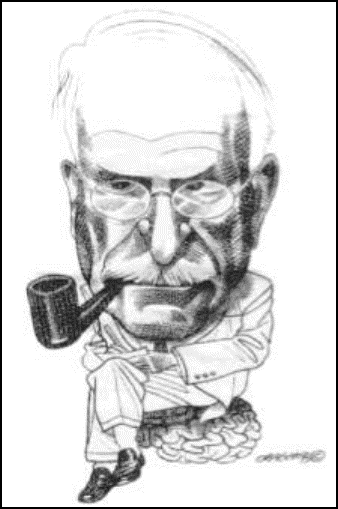Introduction
Working with dreams is often an ideal vehicle for establishing a deep and meaningful contact with a person and the issues he or she is confronted with, both consciously and unconsciously. In doing careful dreamwork, you are assured that the themes brought up in the dreams are currently of actual concern to the person, at least unconsciously. You are also constrained to deal with the problems and issues at a rate which the person can assimilate them. Thus, as it should be, the control of the analytic process, its direction and speed, lies with the individual being helped.
In the course of their training and through their personal analysis, those training to be analysts will no doubt learn a lot about interpreting dreams from the point of view of their archetypal background and material. As many are no doubt aware, the archetypal approach is well suited for interpreting dreams coming from collective levels of the unconscious (which will be spoken about more further on). The most wonderful situation, in fact, is one in which the client is able to submit his or her dream(s) in writing and in advance, providing sufficient time for whatever research and reading that may be needed to do in order to amplify the various dream symbols adequately.
The technique of archetypal amplification - as long as it doesn't degenerate into some form of intellectual showmanship - is very important. It helps the analysand get into touch with deeper levels of his or her psyche and it often provides connection with a larger, numinous reality. It is not, though, the main focus for what is practiced and learned in the dreamwork seminar (I think and hope it can be safely assumed that that form of interpretation will be learned anyway in the course of the training). In the seminar other, possibly more basic, techniques are utilized and focused upon, the reason being that the great majority of dreams are not so obviously archetypal, coming as they do from the personal unconscious (also spoken about later on) and, furthermore, they are seldom provided in advance.
In the seminar, then, the attempt is made to provide basic, fundamental tools that are often needed and can be used to start working on a dream which "lands in your lap", so to speak. The seminar takes place in the form of a "laboratory setting" in that participants are invited to bring their own dreams and practice on them. It should be kept in mind that the main aim of this exercise is not therapy (although some therapy inevitably takes place) but rather practice in the techniques of working on dreams. A list of "ground rules" (provided as an appendix) offers a framework for how such dreamwork in a group setting can take place.
Next chapter List of chapters

